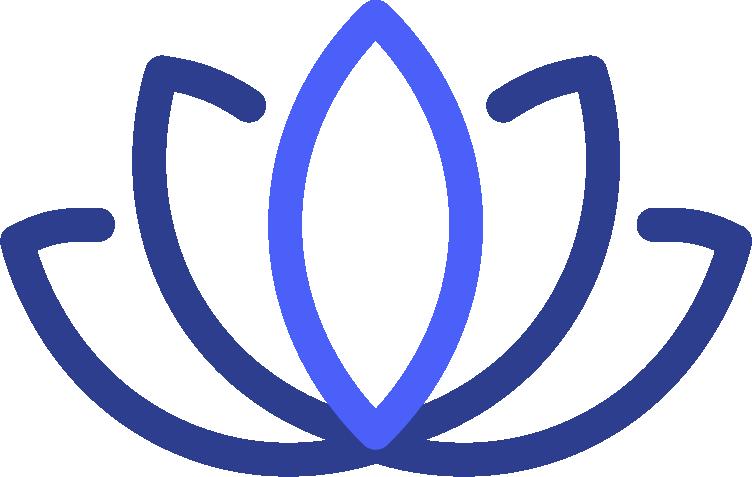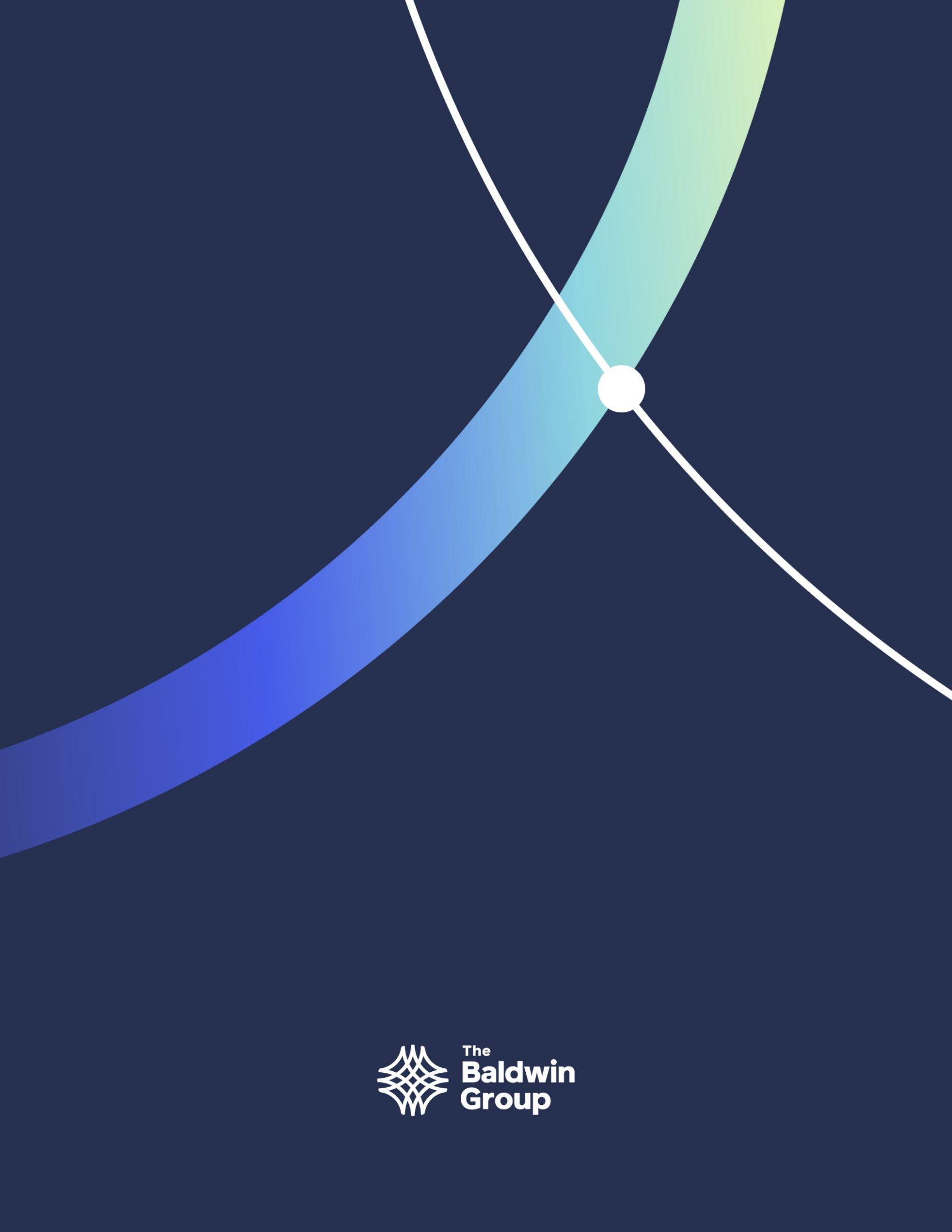POPULATION HEALTH & WELLBEING
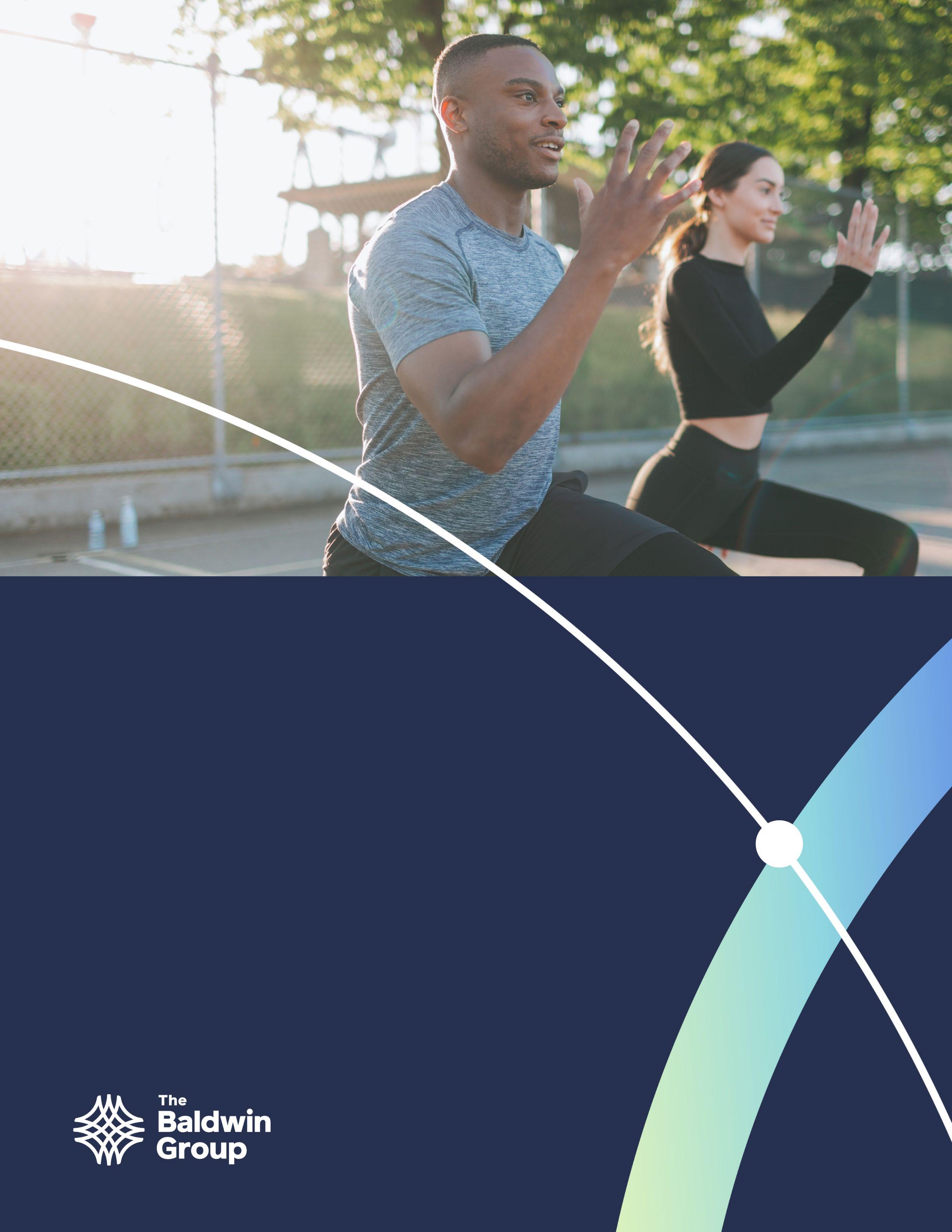
The People Experience (PX) Playbook

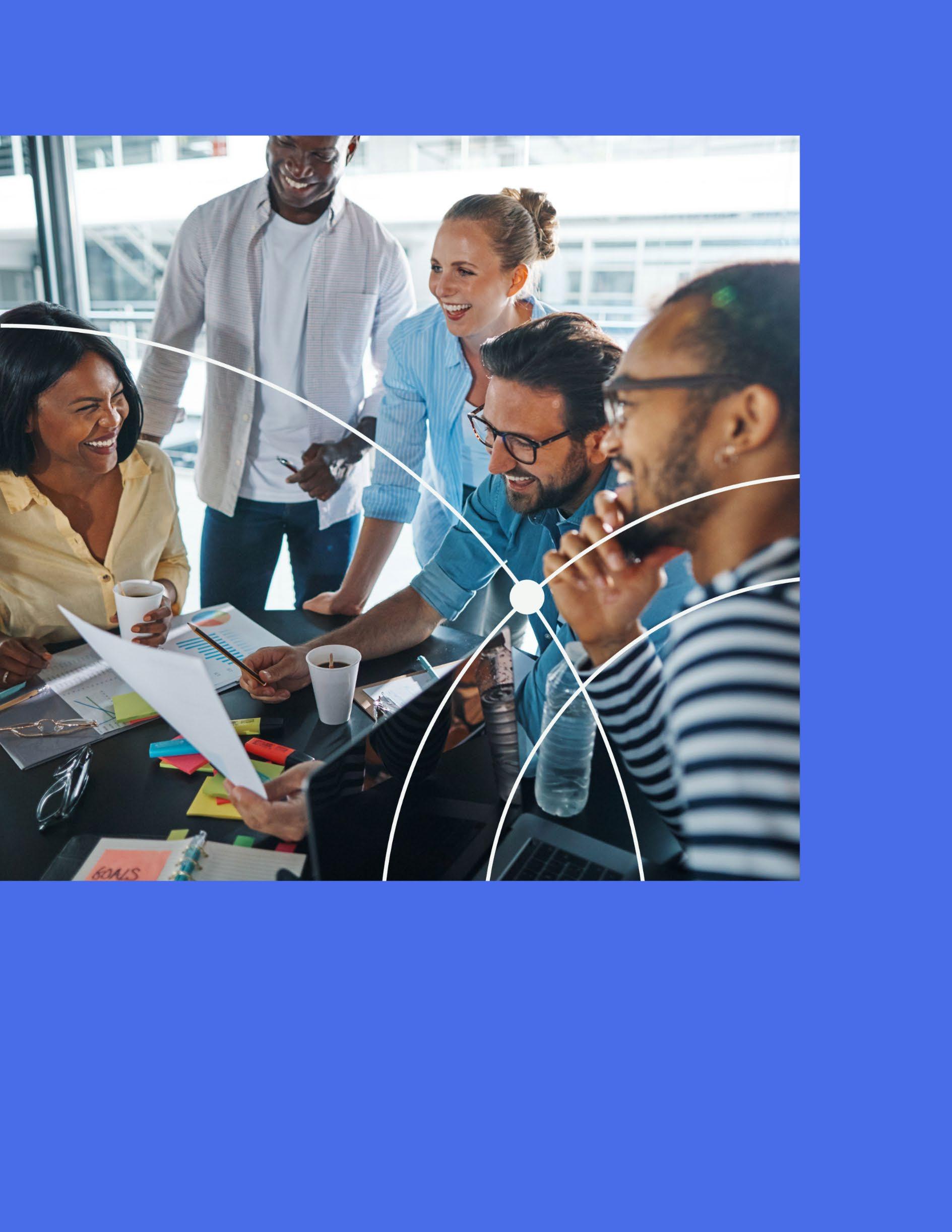

POPULATION HEALTH & WELLBEING

The People Experience (PX) Playbook


The People Experience (PX) Playbook was designed as a reference tool for HR and benefits leaders when developing health and wellness initiatives in their respective workplaces. The first edition of the PX Playbook was released in 2022.
Wellness is everchanging. From the pandemic to mental health to GLP-1s, it’s important to stay on the frontlines of what is relevant and important in the wellness world. We hope this second edition of the PX Playbook is an invaluable resource when designing your health and wellness initiatives.

The pandemic marked a significant shift in the way people view work; gone are the days of clocking in, working eight hours, and leaving the office. Employees and job seekers are demanding more than just a salary from their employers, they’re demanding an experience.
The people experience is the relationship an organization creates with its people through:

It’s the experience that attracts and retains top talent, and the experience that makes its employees feel cared for.
How do we set up our clients for success when it comes to a scalable wellness initiative? It’s simple. We focus on 4 pieces; each piece connecting with the other and serving a purpose. We start with a discovery to understand your “why,” including your key drivers and goals, followed by data & KPI measurement to help inform strategy and build a course of action. We take into consideration both discovery and data points when developing your strategic design, and lastly, outcome validation, which tests the design and offers insights into the investments made.
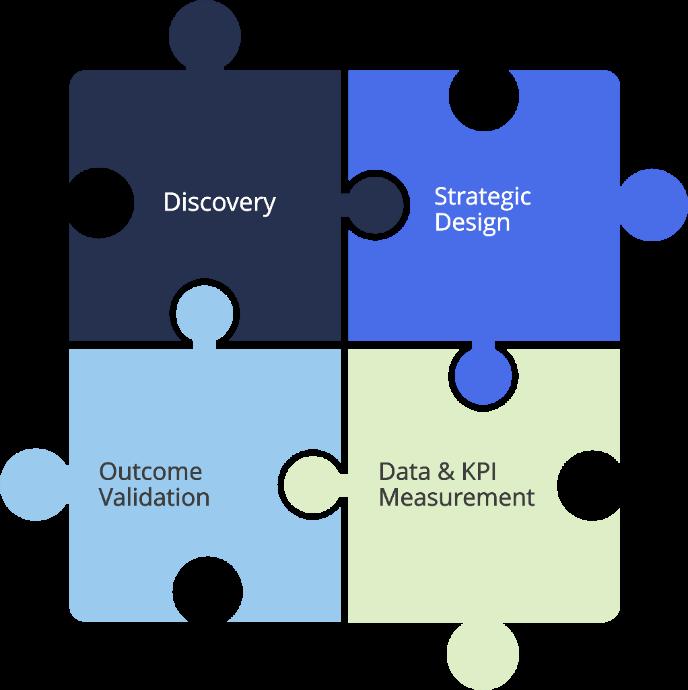

With the people experience in mind, our main objective is to help you improve your organization’s most important asset – its workforce. Through our proprietary behavioral, clinical, and cultural approach, we partner with our clients to help design workplace wellness programs that work. We look beyond the physical to prioritize elements of mental, financial, social, and professional and personal health.
Our clients leverage our library of resources including an annual wellbeing calendar, monthly newsletter, toolkits, on-demand webinars, surveys, and more when developing their wellness initiatives. We also leverage your carrier resources to maximize your wellness offerings.
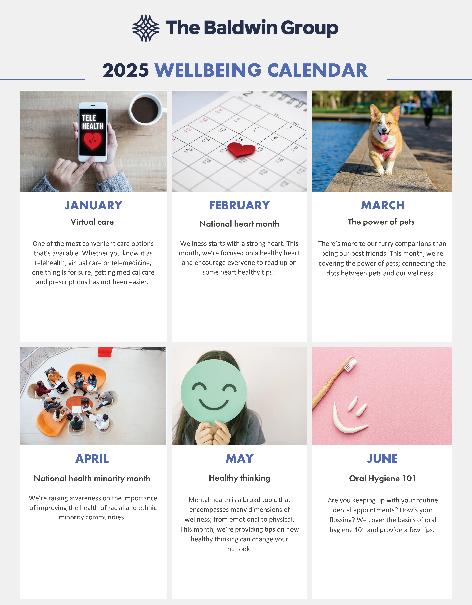

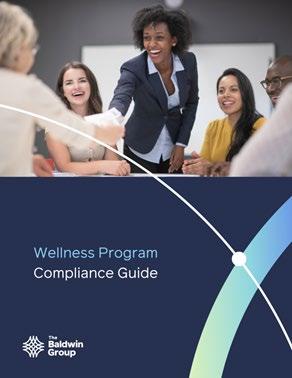
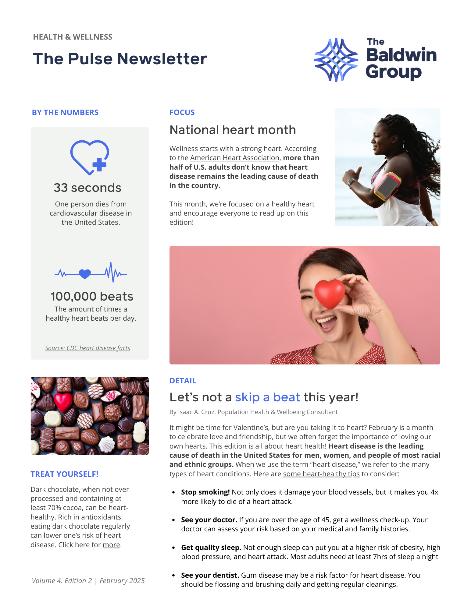



We understand that wellness isn’t a one-size-fits-all solution; we strive for personalized programs that are meaningful, impacting both the people experience and claims experience. It starts with a discovery call (think of this as a needs/wants analysis but wellness edition) and evolves into a total wellbeing strategy.
We collaborate with our in-house compliance team to ensure your wellness offerings are structured to minimize any legal vulnerabilities and, most importantly, designed to adhere to current federal laws while keeping your employees’ overall wellbeing a priority.
We look forward to working with you.



THE PEOPLE EXPERIENCE
THE BUILT ENVIRONMENT
THE PATH OF LEAST RESISTANCE
OUR MISSION
To empower our clients to create a culture of health and wellbeing and foster a work environment that supports the people experience to attract, engage, and retain top talent.
OUR VALUE PROPOSITION
Through a collaborative partnership, we support The Baldwin Group clients to create a blended model of cultural, behavioral, and clinical strategies to achieve their organizational goals of employee engagement and positive health plan performance.
Wellbeing is for everyone and should be experienced daily. Wellbeing is an individual and collective experience.
Our built environment is a very important part of wellbeing. The built environment influences a person’s opportunities to experience wellbeing, and home and work life influence each other.
Positive habit change is activated by finding the path of least resistance - the healthy choice should be the easy choice. We believe wellbeing doesn’t have to be complicated to work.

Whether you’re starting a wellness initiative for the first time or refreshing your strategy, we suggest leveraging WELCOA’s 7 Benchmarks™ for success. Start with WELCOA’s free webinar on the 7 Benchmarks™, then take the Well Workplace Checklist™ to help you assess and understand exactly what you need to make your wellbeing program a success.
Our Population Health & Wellbeing team takes into consideration each of the below elements when consulting with our clients and have resources available for each element.
No matter where you start, we can meet you where you are.
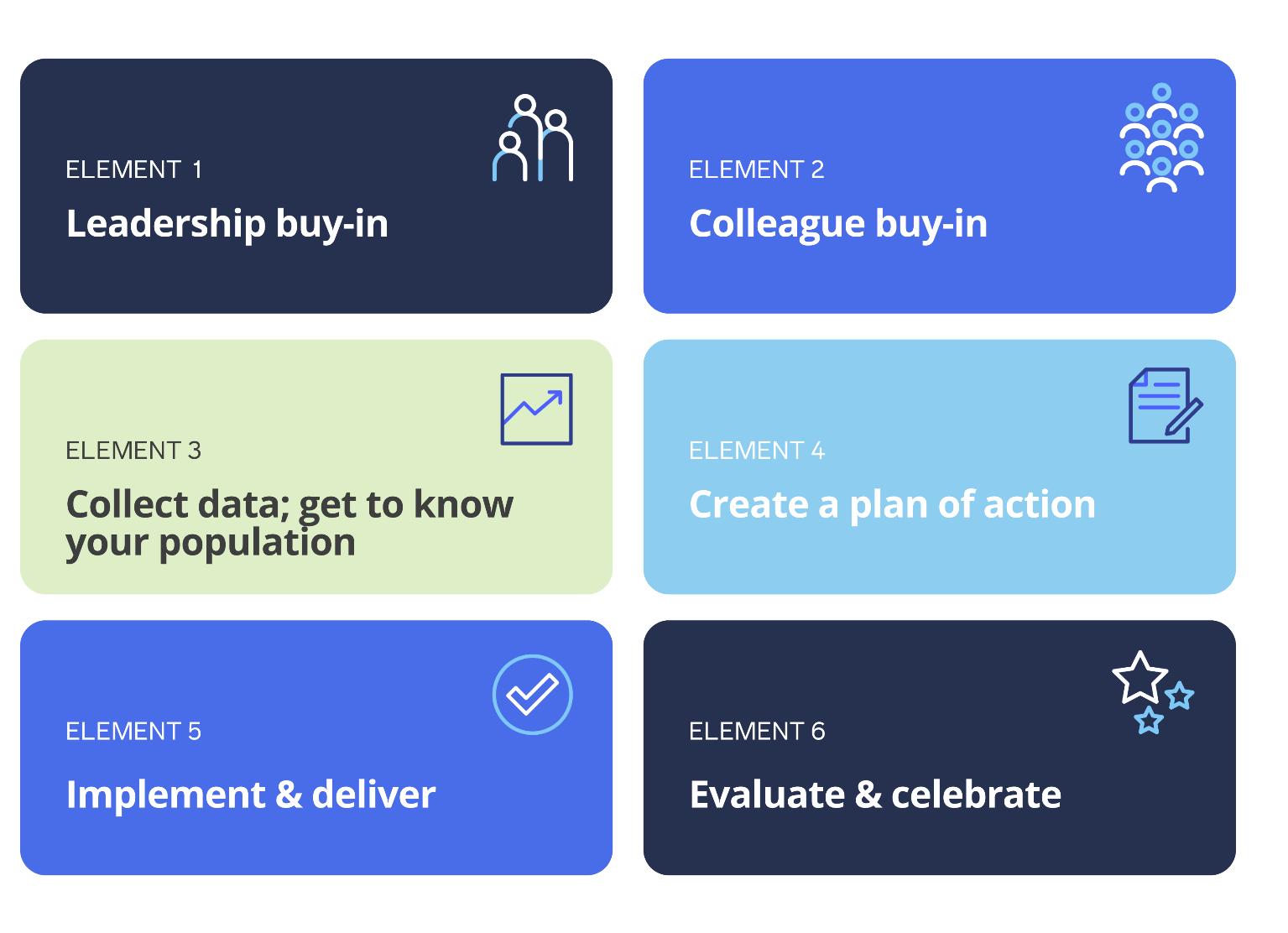

Walk the walk… having leaders who are deeply committed to the wellness of the organization and wellness in their own lives is the first step in creating a culture of wellbeing.
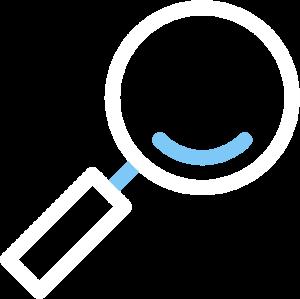
The Baldwin Group colleagues are guided by our Azimuth which includes our firm’s purpose, vision, and core values. Senior leadership supports wellbeing initiatives by being active participants in wellness programming. Our colleagues are engaged in a variety of internal and external activities that support health and wellbeing.
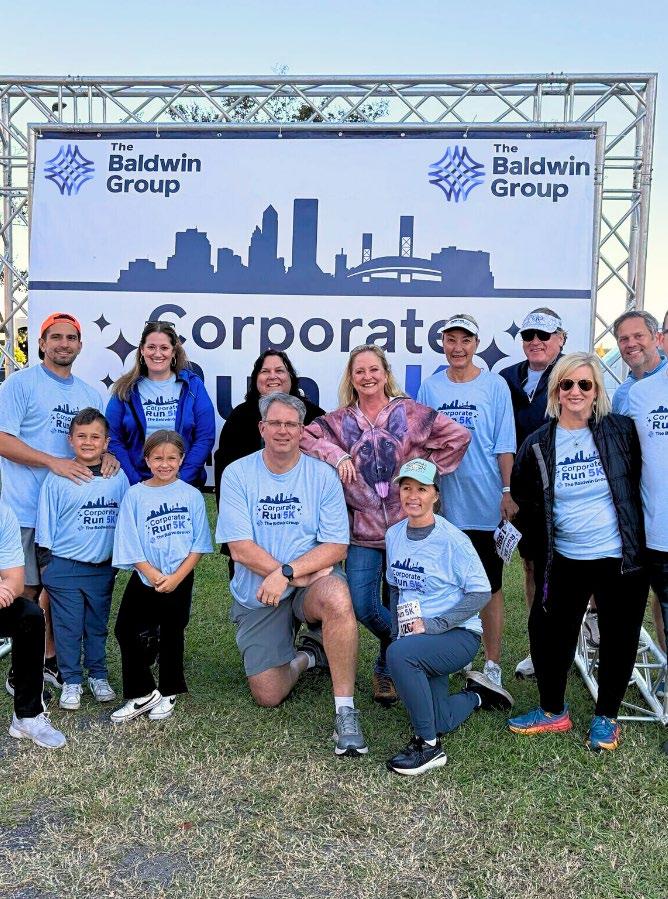



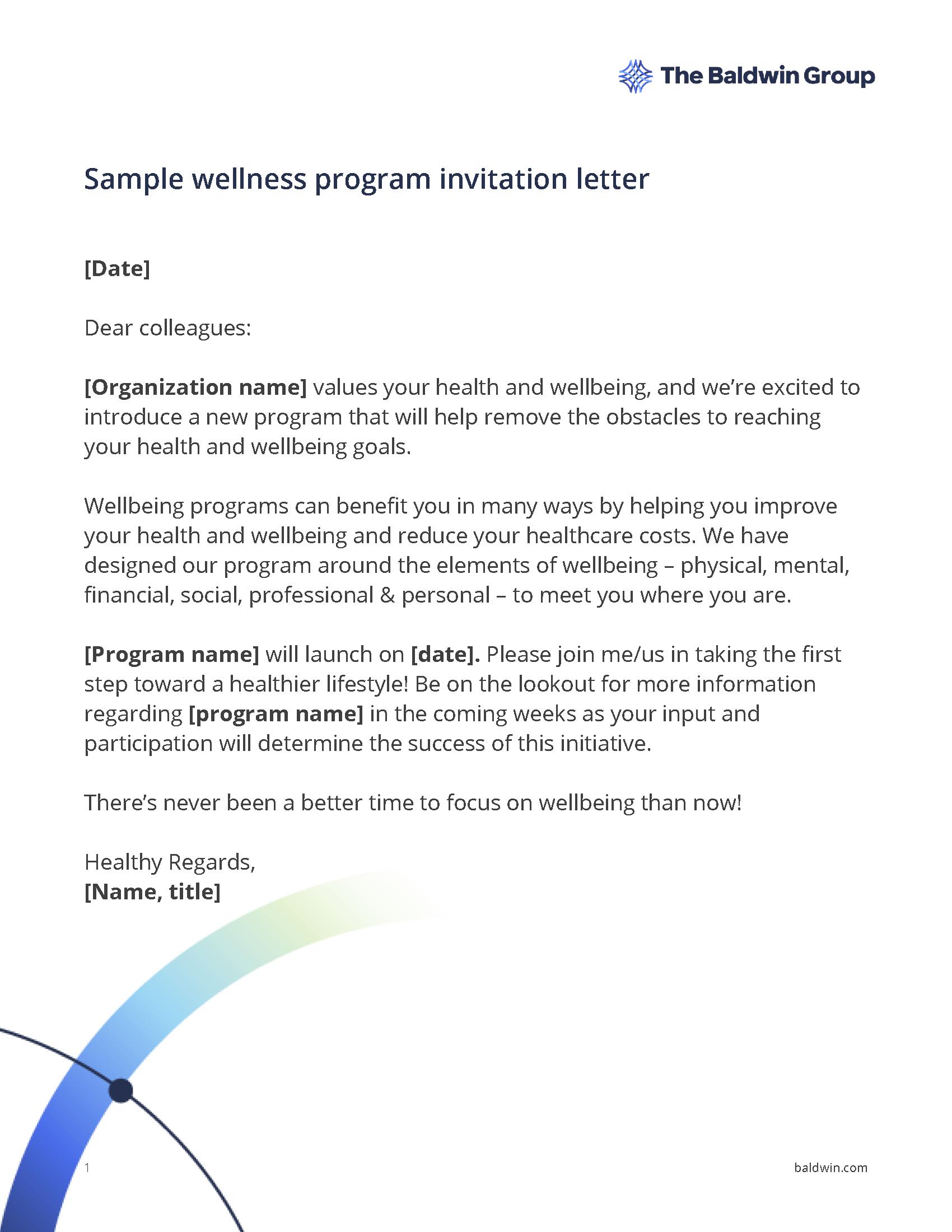

Leverage the power of peer influence … successful wellness programs and best-practice research show wellness programs are more successful when organizations have peer leaders to help coordinate, promote, and encourage participation within the organization.
When building your wellness committee, consider the following:
• Do you want to invite or nominate colleagues to join?
• Do you want a special name for committee members – “champions” or “ambassadors”?
• Do you want to reward committee participation with a stipend, points, or swag?

The Baldwin Group has a program called Colleagues in Action which includes community service PTO, support for charitable organizations, and other engagement activities / initiatives. Decisions regarding wellness programming involve stakeholders from across the organization.
Refer to our Wellness Committee Toolkit to help build your wellness committee.
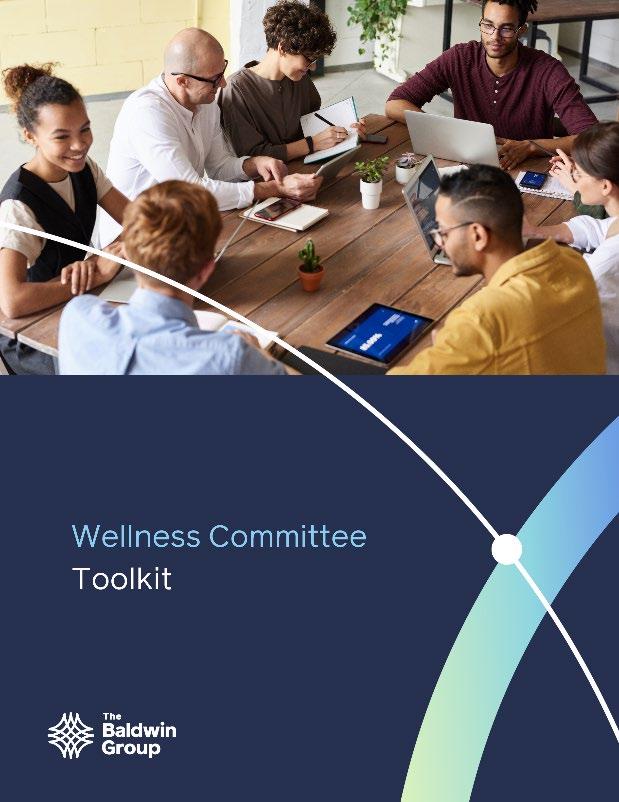






Do you know your population? Successful programs spend time understanding the needs and wants of their employees. Consider sourcing data from wellness interest surveys, cultural and environmental assessments, demographics, and medical claims. What isn’t measured can’t be managed.

Both quantitative and qualitative data are important when developing a wellness program. At The Baldwin Group, we leverage data from wellness interest surveys, risk analysis, culture and environmental assessments, and population health analytics to help drive decisions. Note: data availability is dependent upon group size and funding level.
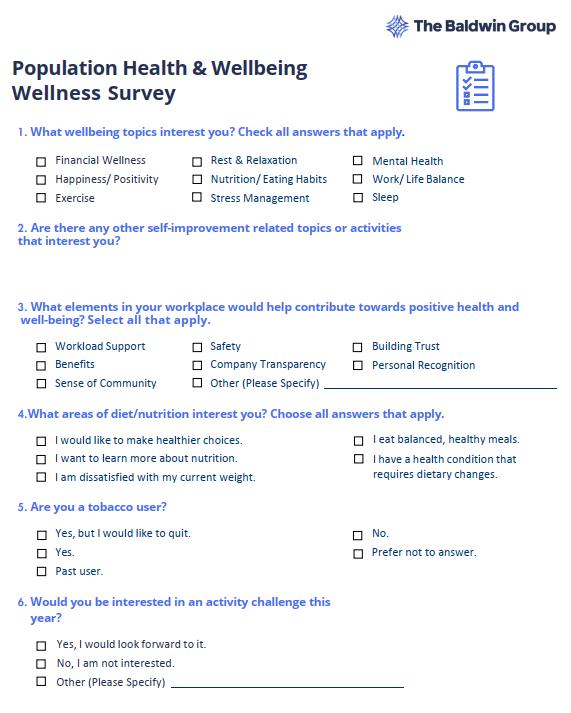





Wellness fads come and go – choose programming that’s sustainable over trendy. Consider the following:
• Does your program align with your organization’s mission and core values?
• Is the program data -driven?
• Does the program incorporate meaningful content to engage your workforce?

Successful wellbeing programs go beyond the physical to include elements of mental, financial, social, and professional and personal health. They offer opportunities for accomplishment, autonomy, and community.
Organization mission
Organization vision
Organization health values
Wellness mission
Wellness vision
Wellness program name
• Is your program achievable?
• Is it inclusive to all employees or medical only?
• Does it offer choice and shared experience?
Refer to our Where to Start With Wellness document in element 5 for additional support.

Tap into your entire organizational ecosystem to build a strong culture of wellbeing. Seek opportunities to influence health and wellbeing in your built environment and in your benefits and total reward packages.

The Baldwin Group colleagues have access to many great onsite amenities including an indoor walking track, kitchens and break rooms, Mother’s room, library, noisecancelling phone booths, workout equipment (Pelotons & free weights), and collaborative meeting spaces. We have free healthy snacks and water stations on every floor.
The Baldwin Group colleagues also have access to benefits and total reward packages that include expansive PTO offerings, time off for community service, and mental health days; rich health plans, HSA contributions, adoption assistance, pet insurance, wellbeing programs, 401k match, and more.
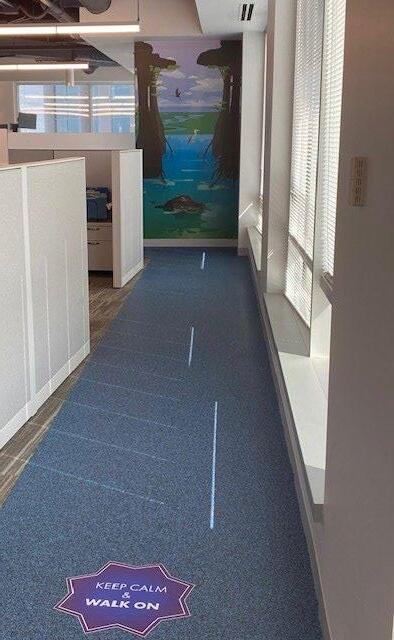

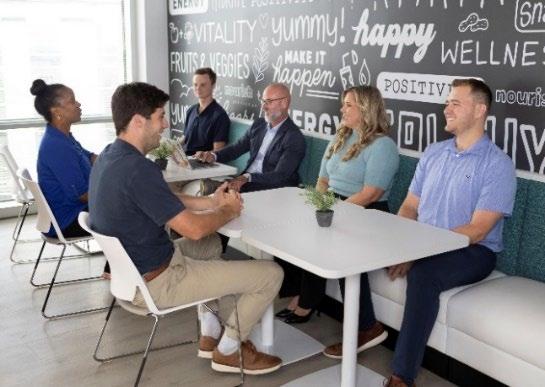
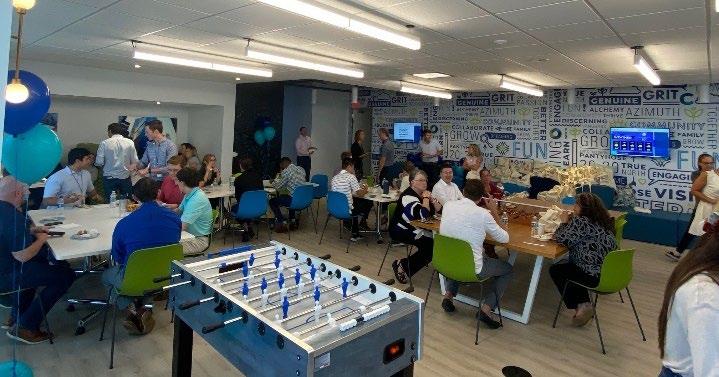

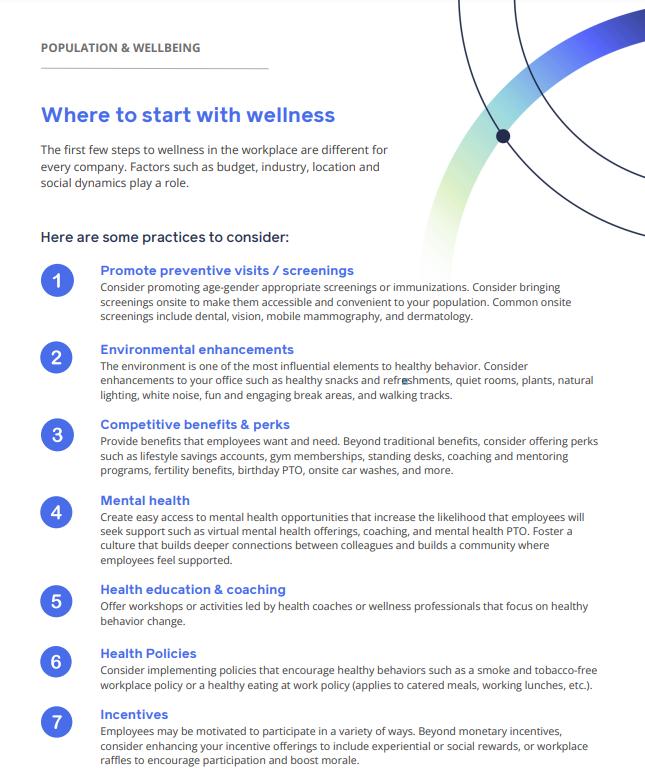


Celebrate your wins… it is imperative to evaluate programming for continuous improvement and value assessment. Communicate your wins no matter how big or small. When you celebrate your wins publicly, you fuel success through positive contagion. Colleagues who feel valued and appreciated will go above and beyond for your organization.

The Baldwin Group recognizes colleagues with monthly and quarterly shoutouts; awards including Smarty Pants, Brag on a Buddy, and the Heart of Baldwin; and through our peer-to-peer recognition platform, “Give A Wow!”.
The Baldwin Group colleagues stay informed through monthly and quarterly town calls with leadership. Hindsight is important – The Baldwin 20:20 allows us to reflect on what went well and what can go better next time.
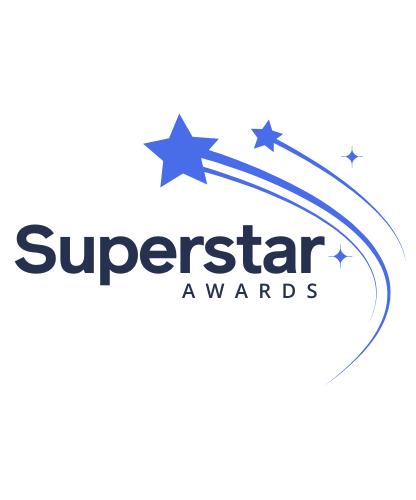
Congratulations on your achievements! We are proud of the work you've done and the efforts you've put forth. This program, and the points you've been recognized with through this program, are our efforts to promote a culture of recognition within the work place. As you browse through the award items available, and spend your points, we hope you'll take a moment on the accomplishments that brough you to this point in your career. These awards are a symbol of our appreciation for your hard work and dedication to our core values. Thank you for everything you do.
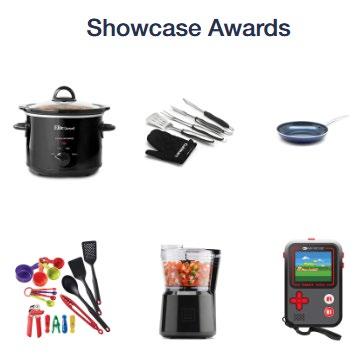

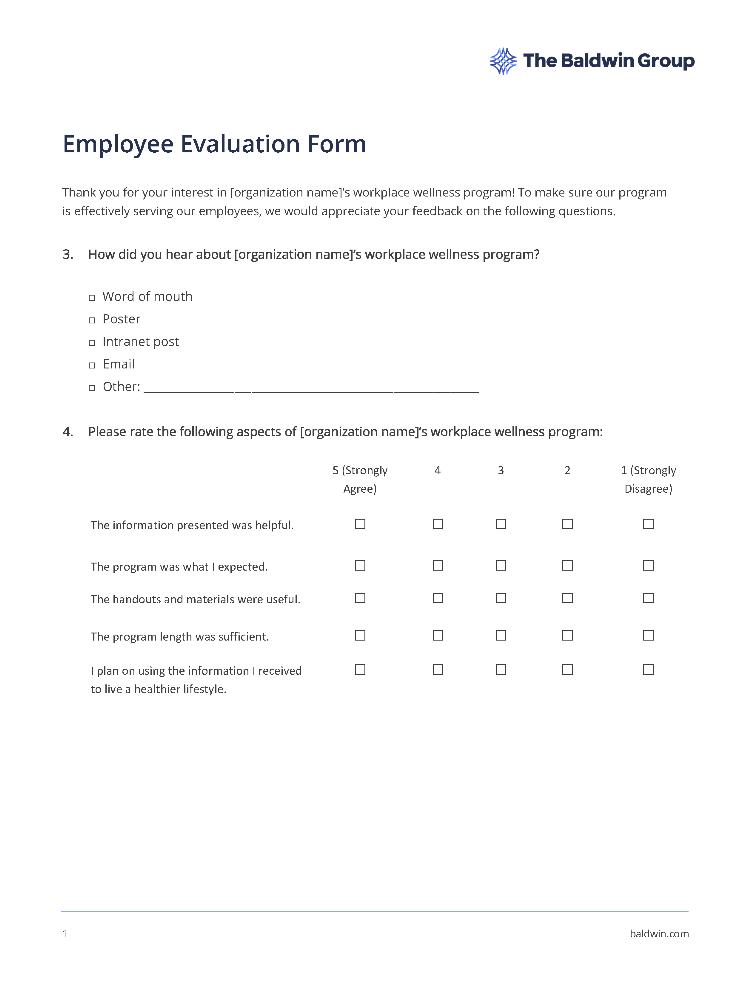

We recommend clients have a dedicated wellness budget to help fuel initiatives that foster a culture of wellbeing. Check with your carrier partner (if applicable) for pre-approval on wellness fund expenses.
PHYSICAL WELLBEING
• Fruit & veggie box delivery
• Meal kit delivery
• CPR/AED training classes
• Onsite chair massage
• Group exercise classes (HIIT, yoga, strength training, Zumba, Pilates)
• Gym membership discounts / fitness reimbursement
• Wearables (Fitbit, Garmin, Apple Watch, Whoop, Oura)
• Digital fitness apps
• Onsite health & age-appropriate preventive screenings (biometrics, derm., mammography, vision, hearing, dental, flu shots)
• Exercise equipment (TRX, bands, foam rollers, free weights, treadmill, elliptical, etc.)
• Activewear
• Safety & ergonomics
• Water bottles
• Healthy food services (cooking class, delivery kits, food trucks, etc.)
• Percussion massage devices (Theragun, Hydragun, Hyperice)
• Self -defense training
SOCIAL WELLBEING
• Healthy food collaborations (teaching kitchen, recipe swap, healthy cookbook, etc.)
• Health coaching – individual or group coaching
• Wellness webinars / workshops
• Team building activities
• Corporate activities (company outing/retreat)
• Colleague clubs / local recreation leagues (kickball, frisbee, basketball, cornhole, etc.)
• Comm. materials (postcards, posters, flyers)
• Gift cards or raffle prizes to incentivize participation
COMMUNITY WELLBEING
• Group community service
• Onsite farmers markets
• Onsite community garden
• 5k walk/run sponsorships
FINANCIAL WELLBEING
• Financial wellness coaching
• Budgeting or investing apps
• Host a retirement seminar
• Financial wellness workshop
• Medicare education opportunities
CAREER WELLBEING
• Rewards & recognition platforms
• Personal development
• Professional development opportunities (coaching, mentorship, career growth, continuing ed. professional membership fees)
• Business etiquette training
• Job crafting workshops
• Career-related aptitude tests and assessments
MENTAL / EMOTIONAL WELLBEING
• Mental health apps / services / trainings
• Decompression room (quiet room) onsite
• Burnout & resilience training
• Mental health coaching and/or therapy
• Employee recognition (birthdays, work anniversaries, service/milestone awards, & random notes of encouragement)
ENVIRONMENTAL WELLBEING
• Ergonomic assessments & equipment (workstations, chairs, keyboards, back supports, walking treadmill)
• A fuel recharge station (healthy snacks, vending machines)
• Designated areas/rooms for sleeping, mother’s room, and quiet rooms
• Walking & biking paths
• Improve break rooms & kitchens
• Positive messaging and core values displayed in workplace
• Tobacco & smoke-free campus policy
Please note this is not an exhaustive list of wellness fund ideas. If you have access to a carrier -based wellness fund, please seek confirmation and preapproval with your respective carrier rep.

We recommend benefit leaders become members of one or more professional organizations for wellbeing support.

The Wellness Alliance unites the strengths of the two most recognized and influential professional associations in the wellness industry: the National Wellness Institute (NWI) and Wellness Council of America (WELCOA). With a long history of leading the charge in supporting wellness for individuals and workplaces, the Wellness Alliance offers trusted education and certification programs, evidenced-informed resources, and networking opportunities, so that professionals are empowered to positively impact well-being.
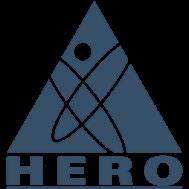

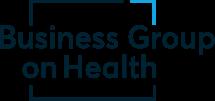
HERO (Health Enhancement Research Organization) is a national non-profit dedicated to identifying and sharing best practices in the field of workplace health and well-being (HWB) to improve the health and well-being of workers, their spouses, dependents, and retirees.
The Art & Science of Health Promotion Institute’s goal is to improve the effectiveness of health promotion programs provided to people in the United States and the world by applying what we have learned from research and practice to improve outcomes.
Business Group on Health is a community of members, a team of experts, an ally for large employers, a health and benefits authority, and a tenacious voice in health care policy

Benefits leaders interested in honing their craft in wellness should consider continuing education opportunities. Here are three educational opportunities designed to equip leaders and wellness professionals with resources to elevate their workplace cultures.
The Wellness Alliance Learning Center is your go-to resource for courses, webinars, and events that will help you grow your wellness competencies and accomplish your educational goals.
Learn to attract and retain talent by creating a workplace culture that fosters wellness and allows for the free expression of issues related to employees’ mental health, behavioral health, and addiction.
Mental Health First Aid teaches you how to identify, understand, and respond to signs of mental illnesses and substance use disorders. The training gives you the skills you need to reach out and provide initial help and support to someone who may be developing a mental health or substance use problem or experiencing crisis.
In addition, you can seek continuing education in active memberships such as the Society for Human Resource Management (SHRM) to professional certifications on a university/college level.


Earning awards and recognitions adds validity to the work you do as a benefits leader. It’s also a great way to attract and retain top talent. Consider applying for the health & wellness awards below.
The WELCOA Well Workplace Award recognizes organizations that prioritize employee wellness and have built effective wellness programs.
Requirements: Be a WELCOA member and complete a rigorous application process that uses the WELCOA 7 Benchmarks framework.
Award Levels: Platinum, Gold, Silver, & Bronze
Validity: The award is valid for three calendar years.

The C. Everett Koop National Health Award recognizes exemplary programs shown to improve employee health & wellbeing while achieving positive business outcomes by documenting value-on-investment (VOI).
Requirements:
1. The program meets The Health Project’s goal of improving population health by helping individuals change unhealthy behaviors and reducing health risks.
2. The program shows it has worked to establish a culture of health at the workplace and/or in the community.
3. The program offers good value for the money spent investing in these programs.
The Healthiest 100 Workplaces in America Award honors the “best of the best” in corporate health and wellness.
Requirements:
• Be a profit, non-profit, or government entity.
• Have at least two full-time employees.
• Complete the assessment within the specified time frame.
• If fully remote, have a regional office where employees can meet in person.
• Demonstrate evidence of wellness programming.

The Best Employers Award recognizes companies for their commitment to advancing employee wellbeing through comprehensive, innovative benefits and initiatives.
Requirements: There is no requirement to be a member of the Business Group on Health to apply, but non-members must be a Fortune 500 company, have at least 5,000 employees, or be listed in the top 100 of Forbes America’s Largest Private Companies.
The Bell Seal for Workplace Mental Health is a certification program that recognizes employers who prioritize mental health in their workplaces.
Requirements: To qualify, employers must demonstrate their commitment to creating a supportive culture and addressing mental health in the workplace. Some of the requirements include –
• Mental health care access
• Mental health education and training
• Wellness programs
• Flexible work arrangements
• Return-to-work procedures


Staying up to date in the health and wellness field is crucial to better serving your workforce.
Listed below, are a few staple resources:
Understanding the latest in chronic conditions/diseases
• American Heart Association
• American Cancer Society
Resources on longevity and reaching optimal wellbeing
• Blue Zones
National resources for all things health/wellness related
• Centers for Disease Control and Prevention
What is “good” engagement?
Understanding people and culture in the workplace
• Gallup
• Global Wellness Institute
• Kaiser Family Foundation
• McKinsey & Company
• Mental Health America
• Mental Health First Aid
• The Conference Board
Wellness program engagement depends on a variety of factors, including company objectives, purpose of the program and who’s eligible to participate. Ideal engagement is 30-40%, but don’t fret! Incentives and understanding the needs of your employees plays an important role. Engagement takes time to measure and is dependent on a rich multiyear strategy.
Congrats! You’re one step closer to establishing a well-rounded wellness program. Safety and wellness work better hand-in-hand. Consider including wellness elements in your culture of safety.
With a variety of generations in the workforce, it’s important to know how to communicate to each generation. From text messaging to e-mail, being strategic is key. Leverage all available channels of communications to get your messages across. Our Population Health & Wellbeing team seek to better understand the social dynamics of our clients in our discovery calls.
1. Create a culture of wellbeing
2. Focus on the whole person
3. Offer opportunities for employee involvement
4. Find a modality that works and communicate well
5. Make wellness the easy choice
